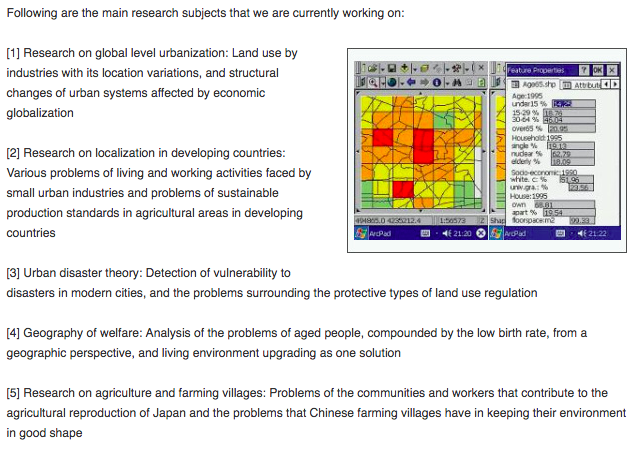Buildings Must Die
 |
| Empty building plot, Kichijoji |
 |
| Empty building plot beginning construction, Kichijoji |
In 'Special Topics on Design and Architecture: Tokyo',
Professor Golani-Solomon gives a lot of space to ask questions and to ponder
content that is absent. One idea of which is the lifespan of architecture.
Often buildings are said to have life and are treated as animate objects. To
use such a humanist analogy, buildings therefore go through a process of:
pre-life (design)
birth (construction)
life (existence, maintenance, refurbishment)
death (destruction)
afterlife (memory/trace)
Using such a metaphor, it then seems only natural that
buildings must die (Cairns and Jacobs, 2014). This fatalism however, or limited
life cycle is far higher in Japan when compared to the rest of the world with
houses averaging 30 years of age (Koo and Sasaki, 2008). As I cycle from my
house to Waseda or walk through my neighbourhood, I encounter many plots of
empty land or land in the process of construction.
But why does such a short life cycle exist in Japan? It is a complex landscape that encompasses religious, environmental, technical, cultural and economic attitudes. As mentioned previously, the thinking differs greatly in different regions of the world with Europe focusing on conservation and preservation, and Japan considering a more fluent, metabolic approach to architecture (Isozaki, 2005). In Japan, death and consequent renewal are re-occurring themes in the historical and contemporary landscape. One of Japans most important pieces of architecture, the Ise Shrine exists under such conditions of impermanence and renewal as expressed in Shinto belief (Isozaki, 2005). The thirteen-hundred-year-old-reconstruction tradition called Shikinen Sengu, ensures that the sacred buildings of Ise are dismantled and re-constructed according to exact specifications every 20 years (Adams, 2013).
This natalism is duplicated in the contemporary landscape, through an enmeshment of buildings in wider social, economic and cultural processes. Despite a shrinking population, 1 million houses are being built each year (Koo and Sasaki, 2008). It is a booming industry dominated by big firms and pre-fabricated housing. Exhibitions like the one in the photographs below are held where people can walk through a model neighbourhood and choose which pre-fab housing to buy. This suffers an equally destructive fate as part of such cycles.
 |
| Naoya Hatakeyama, Untitled/Osaka, using Osaka stadium to showcase pre-fab housing |
This overproduction of housing, driven by the Land Ministry's position to encourage economic activity, contributes to the 30-year lifespan of Japans houses (Braso and Tsubuku, 2014). As such, it is predicted that by 2033, one of every three homes in Japan will be vacant (Nozawa, 2016). In Western countries, houses largely retain value through maintenance, yet in Japan, 15 years after a house is built, the typical house is worth nothing (Koo and Sasaki, 2008). Because of Japans history of earthquakes and the importance attached to advancing technologies of disaster prevention, building regulations are updated every ten years which creates an environment where, rather than refurbishing and retrofitting to accommodate to the newest standards, the most economic option is to rebuild.
References
Adams, C
(1998) Japan's Ise Shrine and its Thirteen-Hundred-Year-Old Reconstruction
Tradition, Journey of Architectural Education, 52, 1, 49-60.
Brasor, P and Tsubuku, M (2016) Getting too cosy to the
next-door neighbours, The Japan Times. https://www.japantimes.co.jp/community/2016/12/31/how-tos/getting-cozy-next-door-neighbors/#.WGrt17Fh2i4 Accessed: 12.06.2018
Cairns, S
and J. M. Jacobs (2014) Buildings Must Die: A Perverse View of Architecture,
Cambridge,
Massachusetts: MIT Press.
Isozaki,
A. (2006) Japan-ness in Architecture, Cambridge: MIT Press.
Koo, R
and Sasaki, M (2008) Obstacles to Affluence: Thoughts on Japanese Housing Report
Nozawa, C (2009) Distortions in a “Society with Excessive
Residential Supply” Created by the Industry, Government and Private Sector,
Discuss Japan-Japan Foreign. Policy
Forum.


Comments
Post a Comment